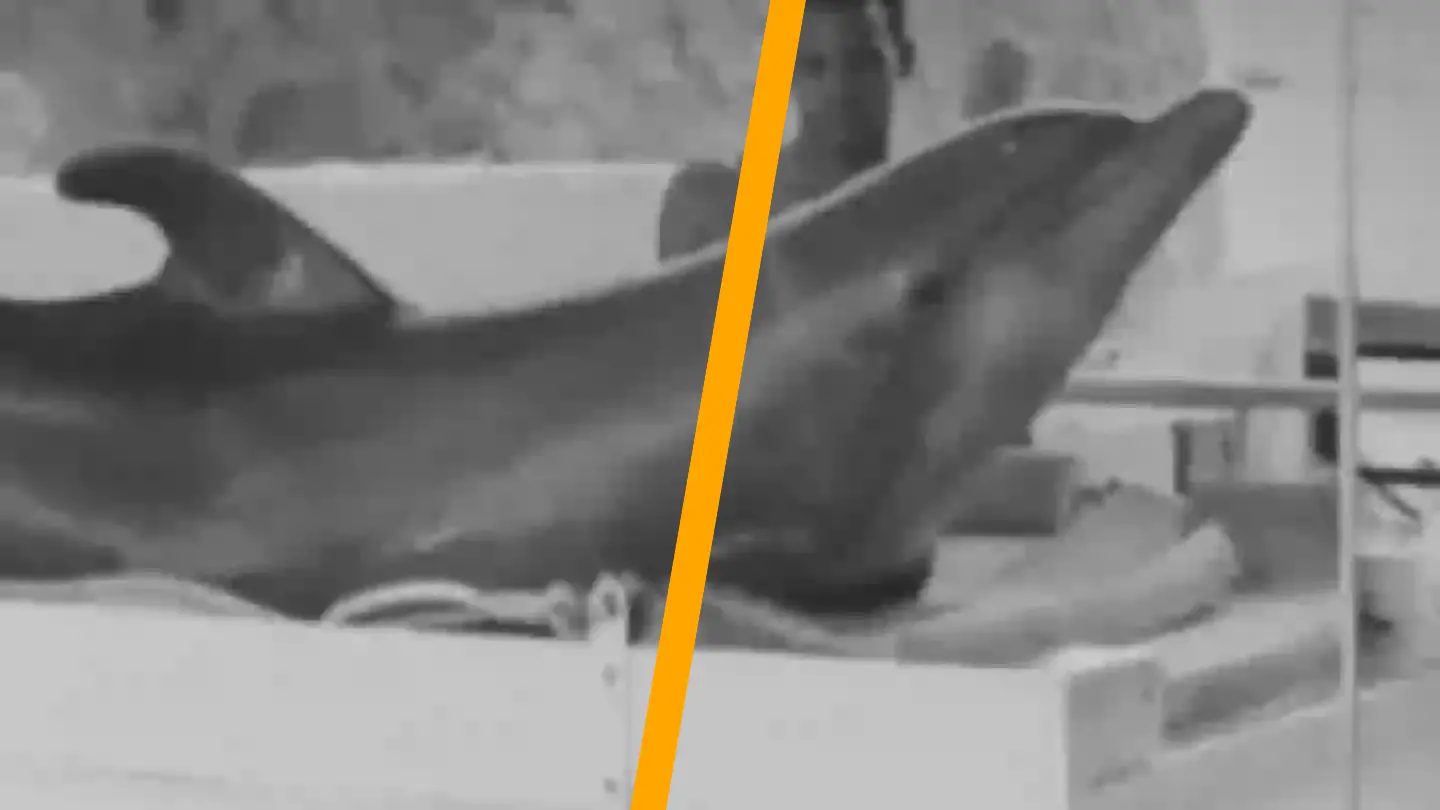The story of a dolphin named Peter, who developed a deep connection with his trainer during a NASA-backed research project, ended in tragedy. In the 1960s, NASA funded a study in the Caribbean that aimed to foster a closer bond between humans and dolphins, but the outcome was unexpected.
Margaret Howe Lovatt, passionate about animals despite her lack of formal scientific training, began working with American neuroscientist John Lilly. Lilly had secured funding to explore human-dolphin communication.
In the ‘Dolphinarium’ constructed by Lilly, Lovatt spent three months living with Peter, a dolphin, in an effort to teach him English. During this period, Peter’s ‘sexual urges’ posed a challenge to the study. Initially, Lovatt allowed Peter to interact with female dolphins, but this became too disruptive. Eventually, she decided to address the issue manually.
Lovatt recounted her actions, stating, “I wasn’t uncomfortable with it, as long as it wasn’t rough. It would just become part of what was going on, like an itch – just get rid of it, scratch it and move on. And that’s how it seemed to work out. It wasn’t private. People could observe it.”
The project ultimately lost its funding due to negative publicity, including coverage in Hustler magazine, and the future of the dolphins was uncertain.
In a BBC documentary, The Girl Who Talked to Dolphins, Lovatt explained that with the funding gone, she could not care for Peter any longer, and her role shifted to closing down the lab.
The dolphins, including Peter, were relocated to Lilly’s other lab in Miami, where they were kept in small tanks with little sunlight—a situation Lovatt believed affected Peter negatively.
Shortly after the relocation, Lovatt received devastating news. In 2014, she shared with The Guardian, “I got that phone call from John Lilly. John called me himself to tell me Peter had committed suicide.”
Ric O’Barry, of the Dolphin Project, an organization dedicated to ending dolphin exploitation, explained how dolphins might choose to end their lives: “Dolphins are not automatic air-breathers like we are. Every breath is a conscious effort. If life becomes too unbearable, the dolphins just take a breath and they sink to the bottom. They don’t take the next breath.”
Reflecting on the news of Peter’s death, Lovatt admitted she ‘wasn’t terribly unhappy’ about the separation. She added, “I was more unhappy about him being in those conditions [at the Miami lab] than not being at all. Nobody was going to bother Peter, he wasn’t going to hurt, he wasn’t going to be unhappy, he was just gone. And that was OK. Odd, but that’s how it was.”

